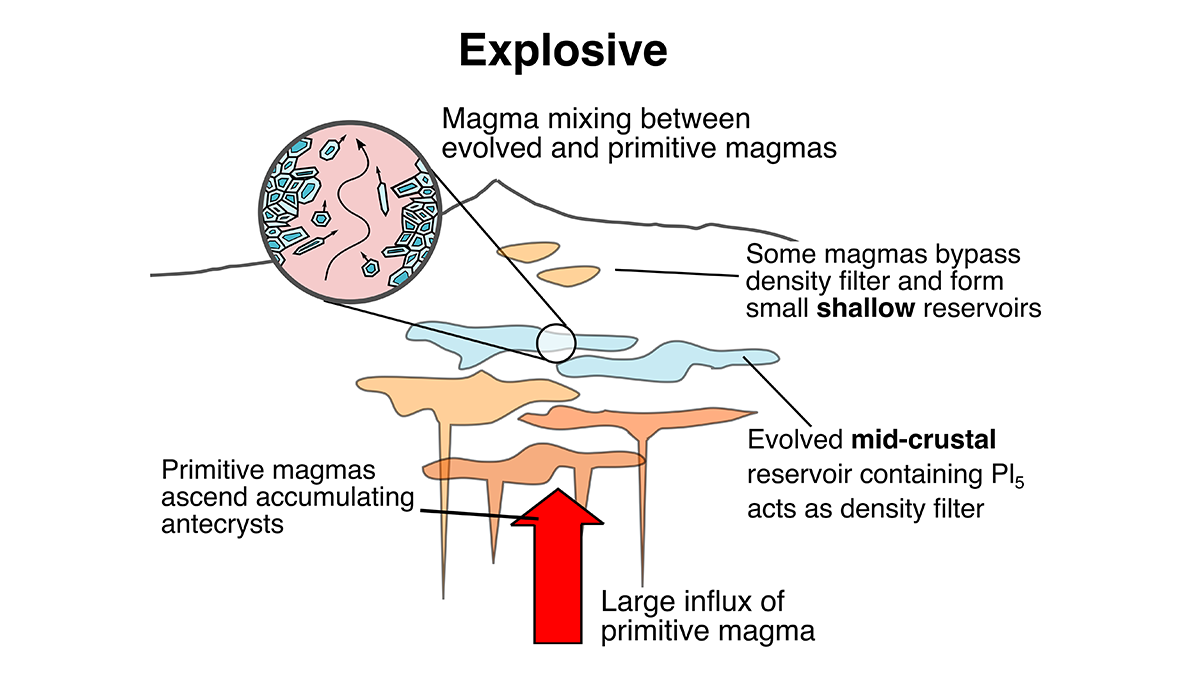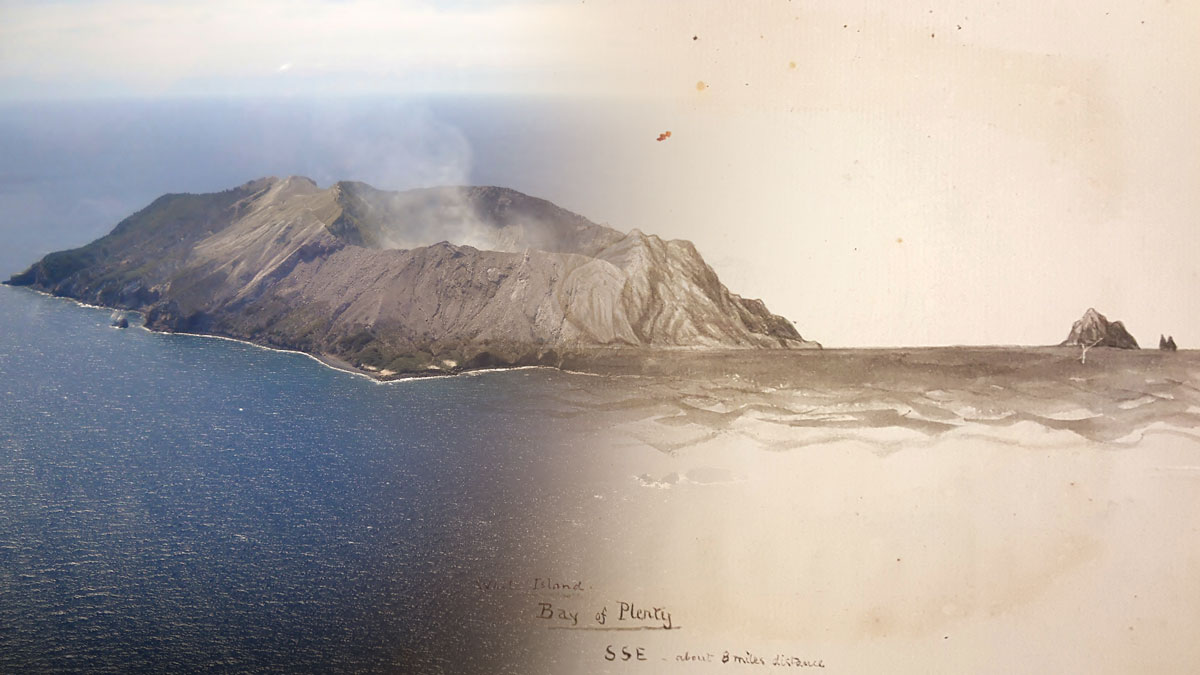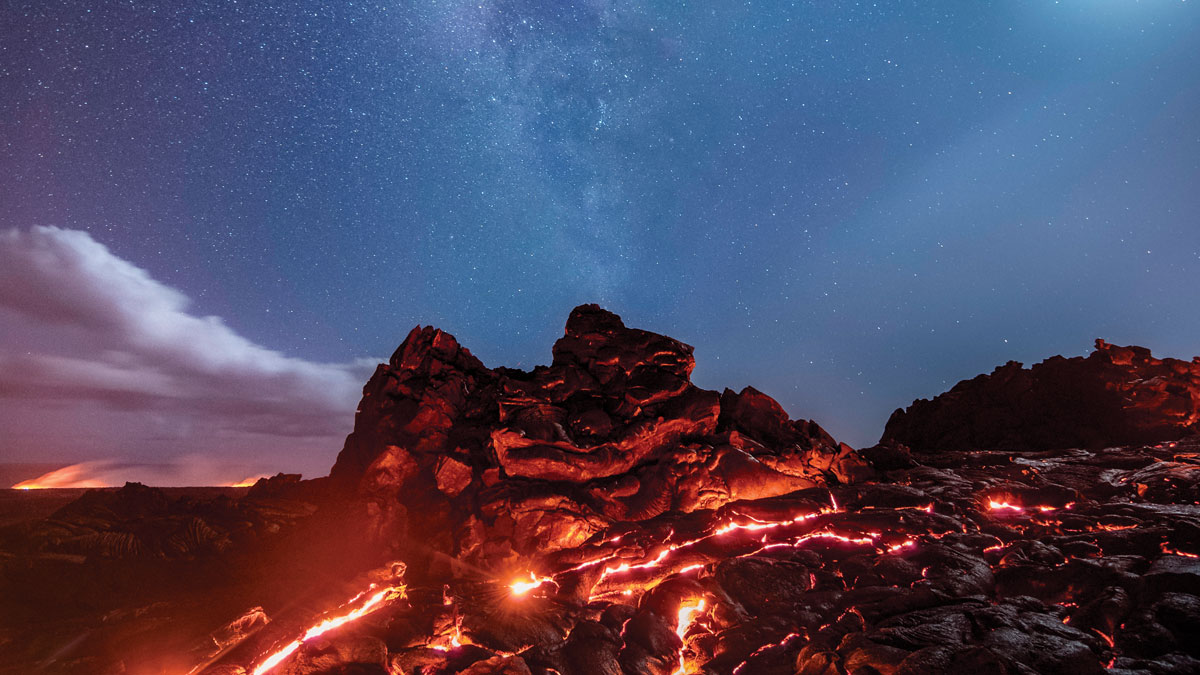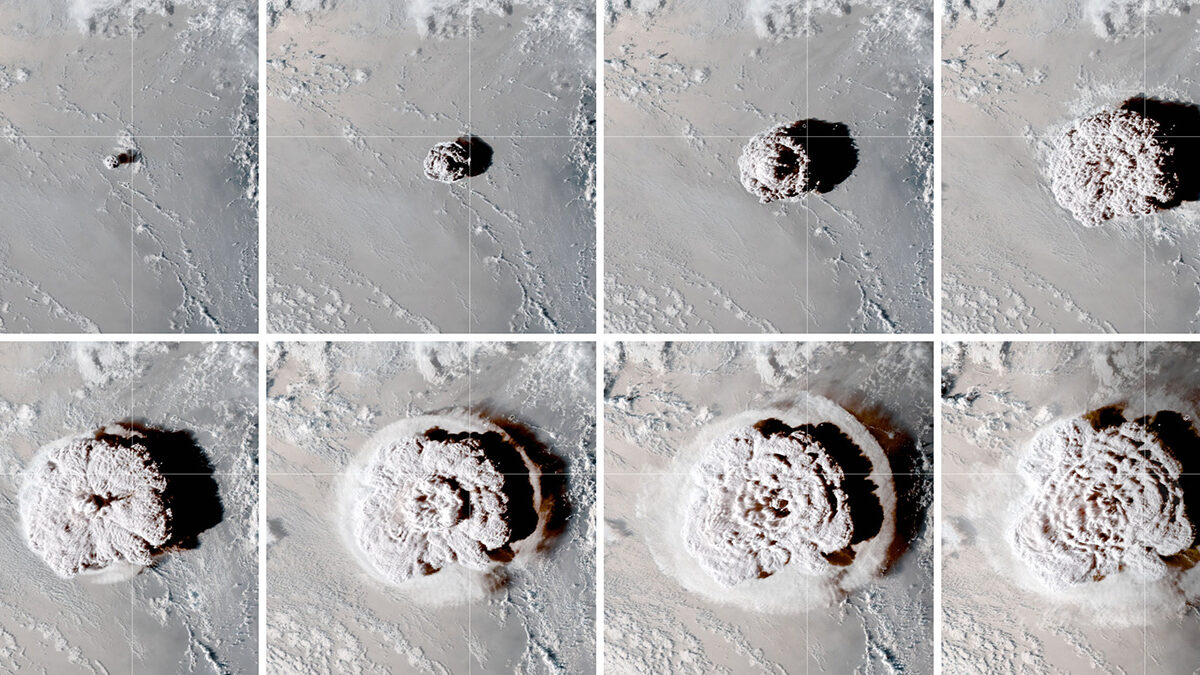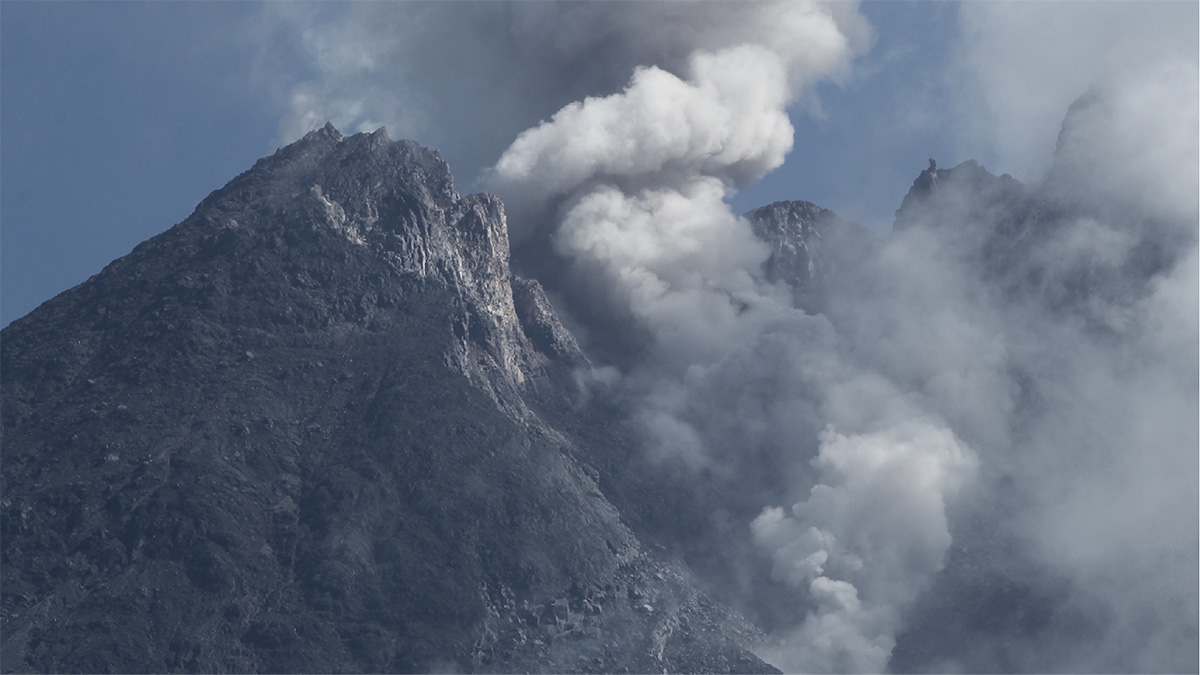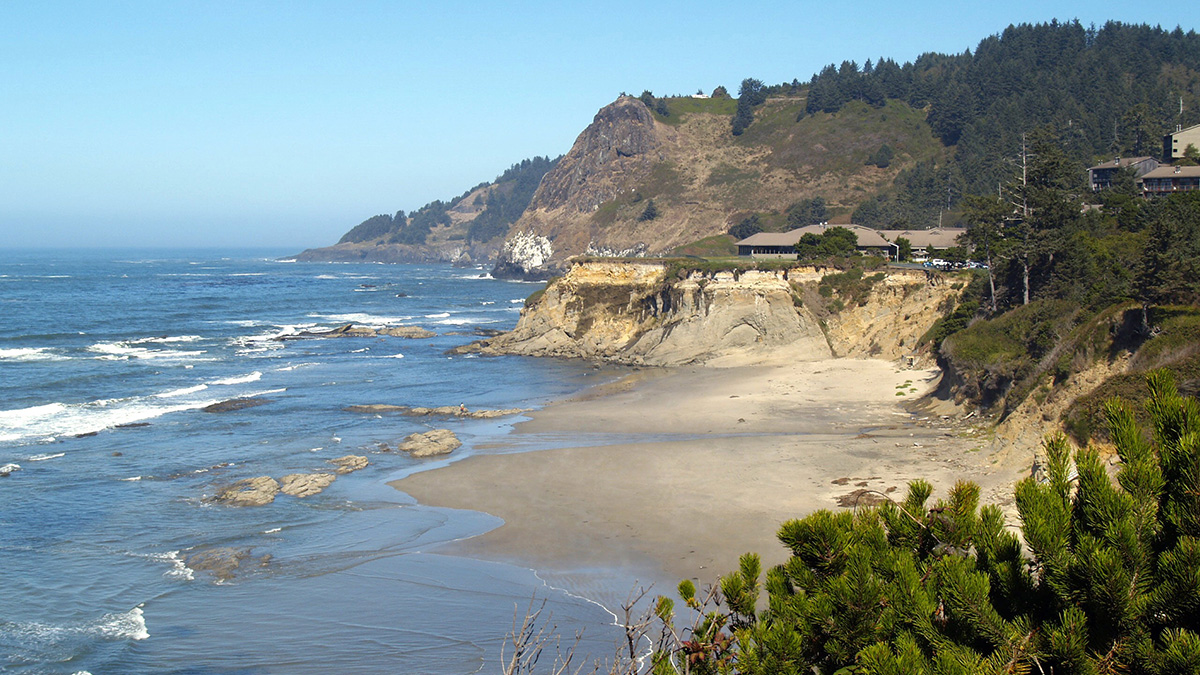How big might future volcanic eruptions be? Crystals carry information to answer this and machine learning methods can visualize and interpret this multidimensional data.
volcanoes
Studying Volcanoes through Myths, Legends, & Other Unconventional Data
Studying historic eruptions through a storytelling lens often improves our understanding of and ability to prepare for such events.
Myths, Legends, and Buried Hair
In our May issue of Eos, we’re seeking out innovations in volcanology.
Tonga Eruption Made Waves in Earth’s Ionosphere
The blast from Hunga Tonga–Hunga Ha’apai produced far-reaching ionospheric disturbances, including one with an initial speed up to 950 meters per second.
Drones Discover Hidden Weaknesses of Collapsing Volcanoes
Understanding buried, hidden zones of structural weaknesses within Indonesia’s Merapi volcano can help to substantially advance our ability to predict catastrophic dome failures.
Magma Lingers at Different Depths on the Basis of Its Water Content
The discovery, gleaned from observations of volcanoes on four continents, could help constrain models of volcanic eruptions.
The Galápagos Islands: The Ultimate Outdoor Soil Science Laboratory
A new study has spurred further research into the impacts of soil formation on modern-day problems like heavy metal contamination in agricultural soils.
Exploring Subduction Zone Geohazards on Land and at Sea
A new initiative is bringing together scientists to address fundamental questions about subduction zone geohazards, using the latest advances in observation technology and computational resources.
The Surprising Greenhouse Gas That Caused Volcanic Summer
Extended periods of volcanism known as flood basalt eruptions lead to volcanic winters, which are often followed by an extended period of warming. But it was more than just carbon dioxide that warmed the globe.
Innovative Model Elucidates Geothermal Energy Resource
Data from deep wells and a Bayesian modeling framework shed new light on one of Iceland’s valuable geothermal reservoirs.

